
Creating the perfect marketing mix is every marketer’s Holy Grail.
At planning time, you look back at your data to try to make sense of what happened to inform a better, faster, stronger media mix. The Perfect Marketing Mix, if you will.
Chances are, however, you’re reviewing past performance merely by looking at individual channel KPIs, with only a vague idea of how these channels are working together.
This presents a real problem. By looking at channels in silos, there’s a temptation to allocate most of the budget to the bottom of the funnel, where conversion is so easily seen and measured.
But customers don't just interact with one channel, and marketers seldom rely on a single platform to reach them. That’s why it’s so crucial to look at marketing efforts as a whole and not in parts.
Good things happen when you zoom out
There’s one tool that can totally transform the way you spread budget wisely across the marketing funnel and across channels.
We’re speaking, of course, about attribution models — the much buzzed-about concept all the cool data kids are talking about. Introduced as a solution for understanding which combination of channels lead to conversion, as well as the degree of their contribution, attribution models could very well be the missing ingredient in your Perfect Marketing Mix.
So, what is an attribution model?
Attribution is a catch-all term defined as the methodology used to assign credit to different marketing channels or touch points based on their impact on conversion (conversion being anything from a sign-up or a click, through to the final sale).
The goal being to understand the effectiveness of what we do and allocate resources and budgets more efficiently in pursuit of the Perfect Marketing Mix.
There are two main types of attribution models you’ll likely have heard discussed: multi-touch attribution and econometric models.
Multi-Touch Attribution
Multi-touch attribution looks at the full user journey through user-level tracking. We use data from tracking sources like cookies and pixels to attribute credit or value to each touchpoint based on its influence on the customer's decision-making process.

There are different varieties of these model:
- Last/First-touch attribution: Assigns 100% credit to the last/first marketing touchpoint.
- Linear attribution: Allocates equal credit to all touchpoints in the customer journey.
- Time-decay attribution: Gives more credit to touchpoints closer to the conversion event.
- Data driven attribution: Driven by machine learning (the Google model).
- Multi-touch attribution: All touchpoints are looked at, with different weights given to them depending on the model version. (Generally preferred model from all of these.)
Because these models use data from tracking sources like cookies, pixels, or tracking codes to attribute credit, they depend on having all the accurate information from the user journey...
Do you already see the problem?
That’s right — IDing consumers, which in and of itself is a massive effort involving lots of data cleaning and aggregation, has become even more challenging in a cookie crumbling world. On top of that, walled gardens built by competing media platforms make it extremely challenging to get a complete picture of the user journey.
So, what’s the solution?
Well, allow me to introduce you to multi-touch attribution’s attractive cousin…
The Econometrics Model (a.k.a. MMM a.k.a. Media Mix Modeling)
Econometric models are an advanced approach to attribution that provides a holistic view of your marketing mix using statistical methods to measure the relationship between marketing activities and business outcomes.
The big difference: whereas multi-touch attribution focuses on user-level information, econometric models work from aggregates.

Of the many advantages of econometrics modeling, the main ones are:
- A holistic view: It considers the cumulative impact of channels and external factors, providing a more comprehensive understanding of effectiveness.
- Data-driven insights: It uses statistical techniques to identify the relationships between marketing efforts and business outcomes, simplifying the process by eliminating the need for complex data set identification and assembly. Analysis can be built faster with little investment in time and resources.
But it’s not all rainbows and unicorns. Even these fancy econometric models come with their own challenges. Namely, we don’t start with a clear user path as we do with multi-touch attribution models.
BUT
We can do controlled testing to discover what works best.
AND
We can look at different parts of the funnel and use conversion proxies to begin to understand which channel drives what, and when.
That being said, with the market changing so quickly, how do we handle an ever-shifting environment where new forces and factors are constantly being introduced?
Keeping your data nimble
A model can and should be refreshed over time to account for changing variables. How frequently you update the model will depend on a variety of factors:
- Post exposure impact timing
- Frequency of significant strategy changes or launch of net new campaigns
- Noticeable change in competitive environment or own conversion behavior
As you consider all of this, it's important to recognize the evolving landscape of marketing analytics. In a world where user-level tracking is becoming increasingly challenging, econometrics modeling emerges as a key player. It offers a deeper insight into the effectiveness of your marketing mix and equips you with the necessary tools to craft that Perfect Modeling Mix.
It's important to recognize the evolving landscape of marketing analytics

